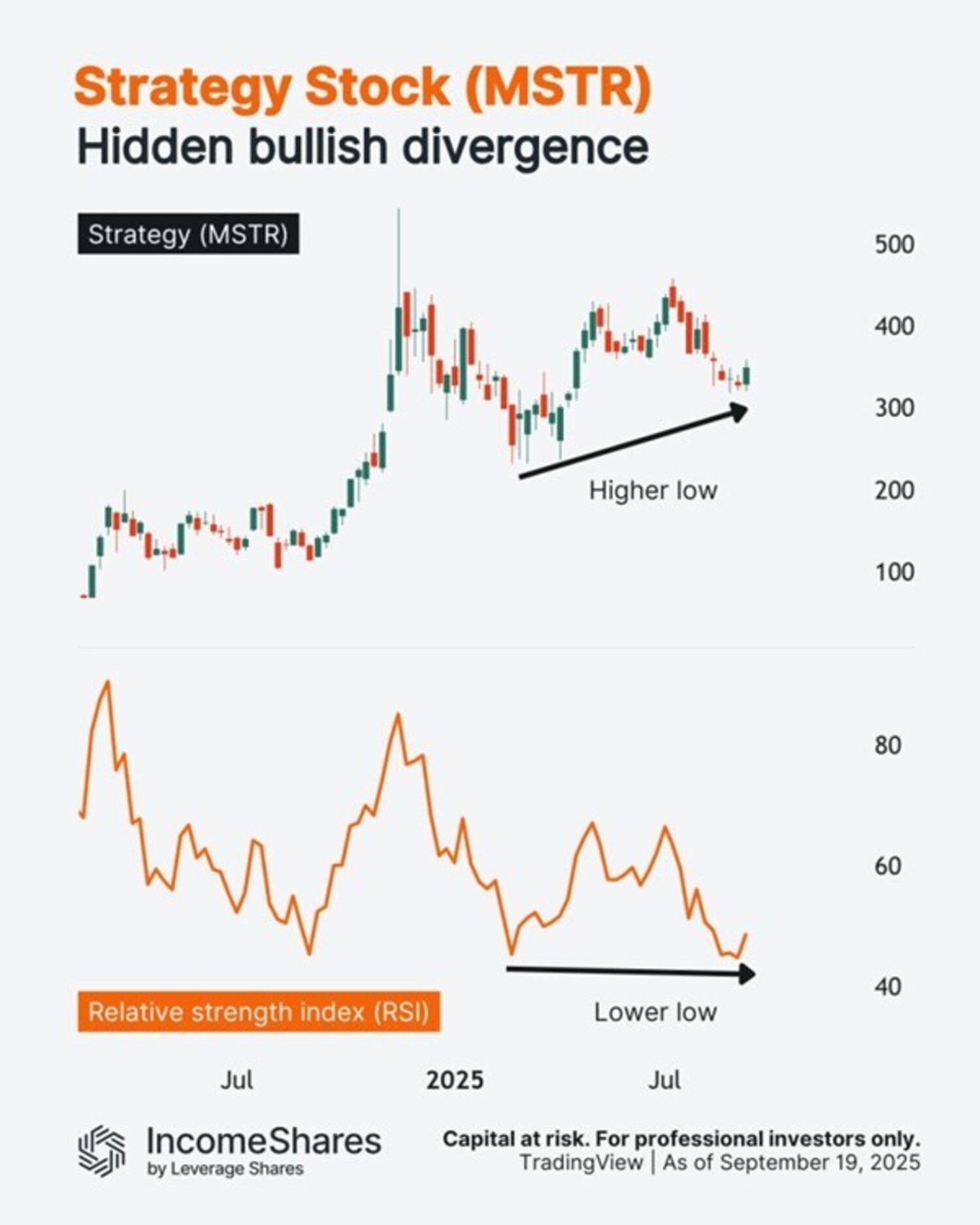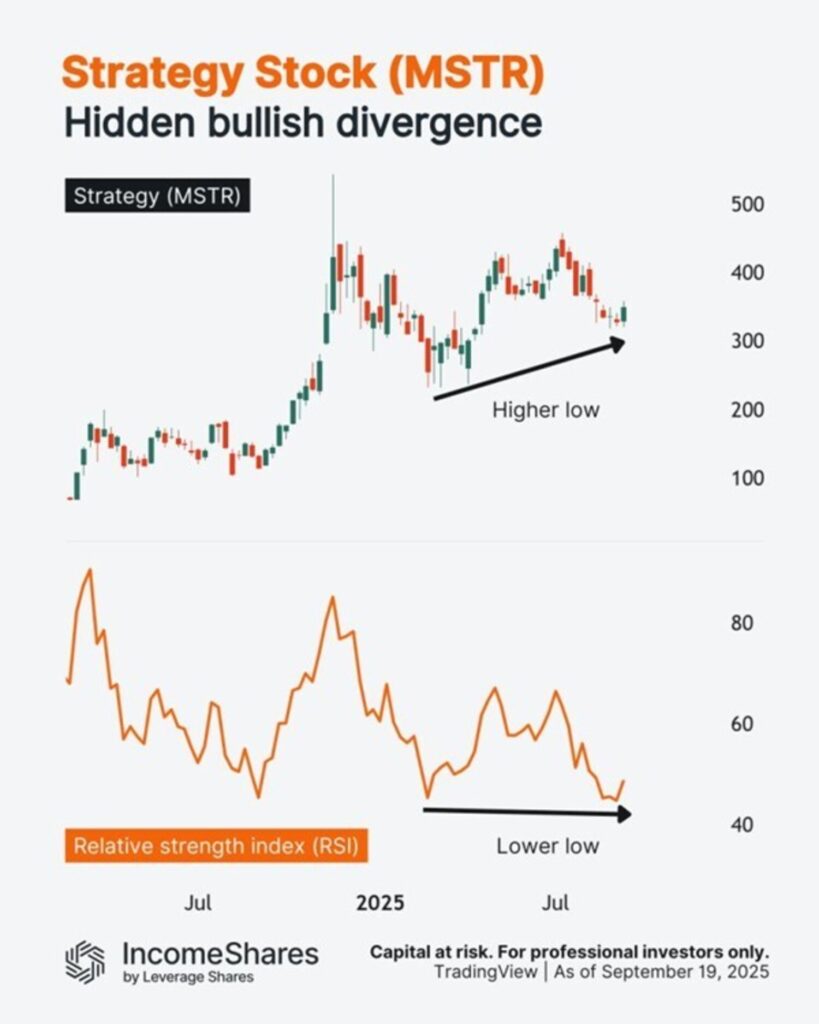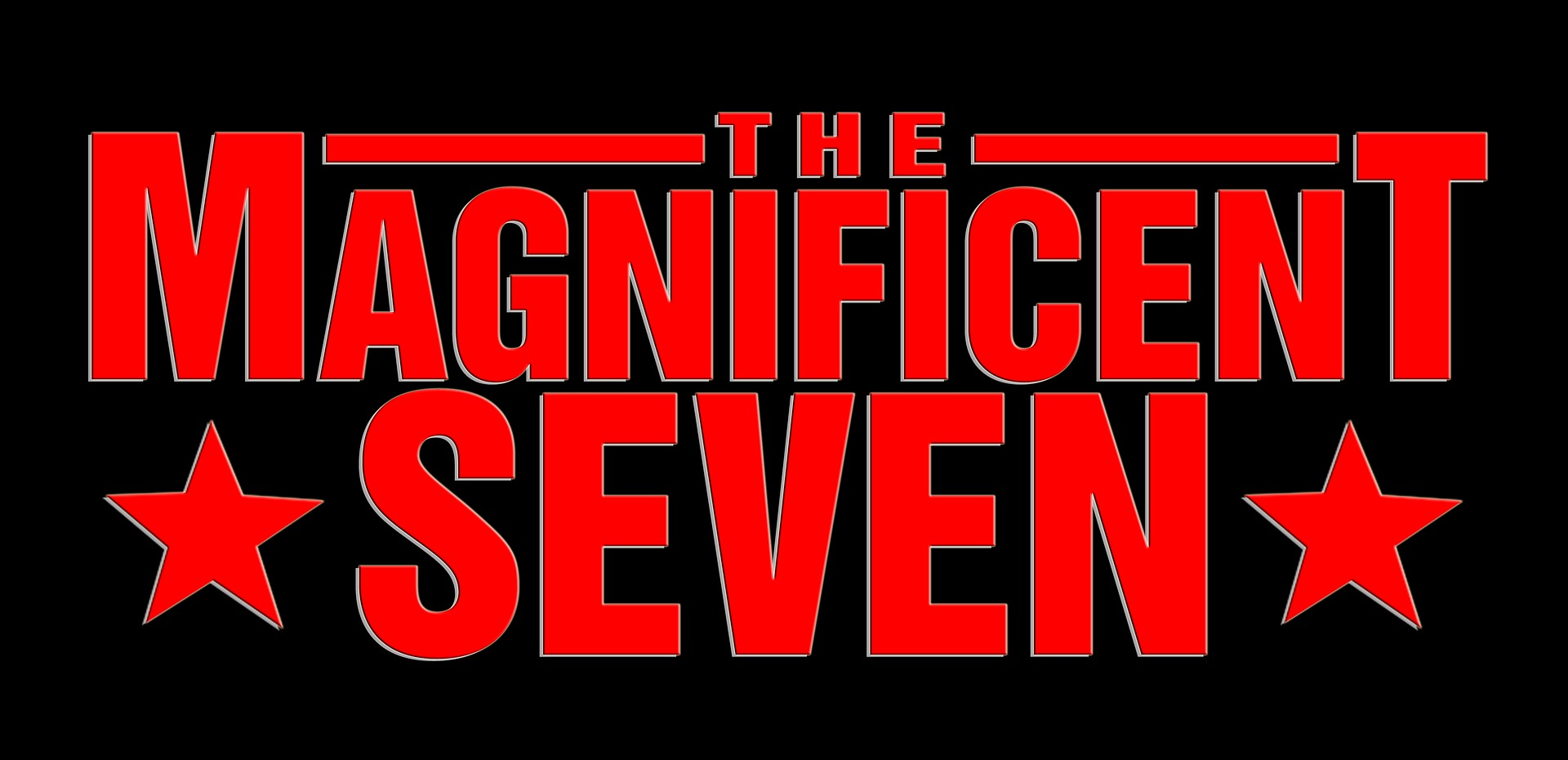Proposed US Vegan Climate ETF to track the US Vegan Climate Index, an index designed to focus on cruelty-free and sustainable companies.
Beyond Advisors has filed a registration statement with the U.S. Securities and Exchange Commission for the proposed launch of the US Vegan Climate ETF. It is anticipated to list with ticker VEGN on the New York Stock Exchange in January 2019.
The US Vegan Climate ETF will be managed to track the US Vegan Climate Index, which was launched by Beyond Advisors in June 2018. Since then it has been independently calculated and published real-time by Solactive AG with index prices published real-time by the Stuttgart Stock Exchange, and on Bloomberg and Reuters terminals under the ticker VEGAN as well as reported daily on the Solactive website.
The US Vegan Climate Index is a passive, rules-based index of U.S. large cap stocks, screened according to vegan and climate-conscious principles.
Beyond Advisors is screening the Solactive US Large Cap Index, made up of the largest approximately 500 stocks in the US market, to exclude stocks of companies whose business activities include the following:
Animals
- Animal testing
- Animal-derived products, animal farming, and other exploitation activities
- Animals in sport and entertainment
- Research, development, and use of genetically engineered animals
Planet
- Extraction or refining, or services principally related to the extraction or refining, of fossil fuels
- Burning of fossil fuels for energy production
- Other activities having a significant negative environmental impact (e.g., high carbon intensity activities, high climate change impact, habitat destruction), unless the applicable company undertakes positive initiatives that effectively address those impacts
People
- Tobacco products
- Armaments and products specifically designed for military and defense uses
- Contributions to the abuse of human rights or lack of robust, detailed, and independently published policies covering human rights and child/forced labor
The construction methodology proactively replaces exposures to those industry groups where exposures are greatly diminished with stocks in the same industry group in the mid-capitalisation band provided they are not engaging in these prohibited activities. This enables the Index to gain exposure to smaller companies delivering similar products and services but without harming animals, people or the planet.
“The depth and breadth of the ethical research involves a deep dive into a company’s activities, subsidiaries and products to arrive at a Pass, Fail and, where appropriate, to identify as a candidate for ongoing engagement,” said Lee Coates, Head of Ethical Screening. “This level of scrutiny has not, as far as we are aware, ever been as deeply embedded in the investment philosophy of a financial product”.
The UN Intergovernmental Panel on Climate Change (IPCC) report published 8 October 2018 encouraged rapid, far-reaching and unprecedented changes in all aspects of society to maintain temperature rise below 1.5degC, with actions to reduce greenhouse gas emissions including a reduction in the use of fossil fuels and protection of forests at risk from the demands of animal production. Livestock was already found in the study published by the WorldWatch Institute to be responsible for 51% of greenhouse gas emissions.
By being both zero animal exploitation and zero fossil fuel the US Vegan Climate Index has a carbon footprint well below the Solactive US Large Cap Index as well as reporting significantly lower waste generation and fresh water utilization (as calculated by Impact-Cubed).
The US Vegan Climate ETF is expected to be available for investment in January 2019 with estimated expense ratios of 0.60%.
Disclosures:
- The fund’s investment objectives, risks, charges and expenses must be considered carefully before investing. The prospectus contains this and other important information about the investment company, and it may be obtained by visiting www.veganetf.com, when available. Read it carefully before investing
- The information in this communication is not complete and may be changed. We may not sell these securities until the registration statement filed with the Securities and Exchange Commission is effective. This communication is not an offer to sell these securities and is not soliciting an offer to buy these securities in any state where the offer or sale is not permitted.
- Investing involves risk, including the possible loss of principal. Shares of any ETF are bought and sold at market price (not NAV), may trade at a discount or premium to NAV and are not individually redeemed from the Fund. Brokerage commissions will reduce returns. Investments in mid-cap securities involve additional risk such as limited liquidity and greater volatility. The index methodology may cause the Fund to underperform the broader equity market or other funds which do not utilize such criteria. The Fund’s return may not match or achieve a high degree of correlation with the return of the underlying Index. To the extent the Fund utilizes a representative sampling approach, it may experience tracking error to a greater extent than if the Fund had sought to replicate the Index.
The US Vegan Climate ETF is distributed by Quasar Distributors, LLC.
About Beyond Advisors:
Beyond Advisors IC is a Jersey-based company owned by three experienced investment professionals who follow a vegan lifestyle. Since 2017, Beyond Advisors has developed screening policies to help investors who seek to avoid supporting companies harming animals and the environment achieve their goals. Beyond Advisors is alone in having created a disciplined and repeatable process for developing indices that satisfy the investing preference of vegans, Its policies are equally relevant to animal lovers and environmentalists, for whom the issues of animal testing, climate change and environmental pollution are also a matter of concern.

 Nyheter4 veckor sedan
Nyheter4 veckor sedan
 Nyheter3 veckor sedan
Nyheter3 veckor sedan
 Nyheter4 veckor sedan
Nyheter4 veckor sedan
 Nyheter4 veckor sedan
Nyheter4 veckor sedan
 Nyheter2 veckor sedan
Nyheter2 veckor sedan
 Nyheter4 veckor sedan
Nyheter4 veckor sedan
 Nyheter3 veckor sedan
Nyheter3 veckor sedan
 Nyheter4 veckor sedan
Nyheter4 veckor sedan















